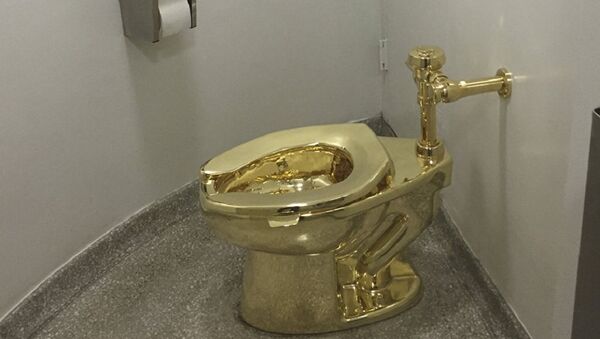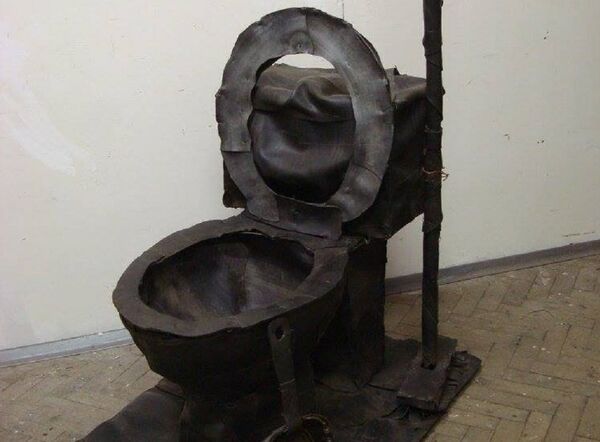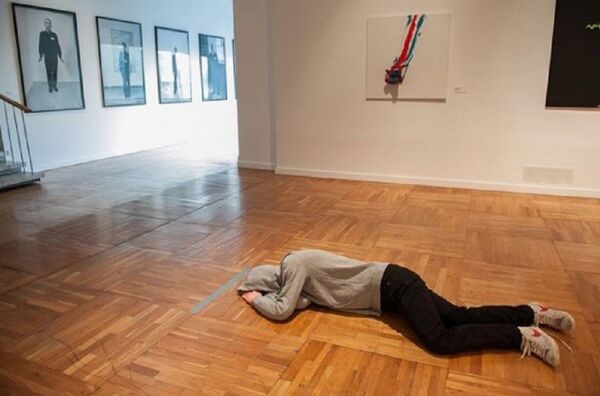What may have been shocking a decade ago, the State Russian Museum put on exhibition a toilet bowl made of rubber created by Russian artist Vladimir Kozin who was surprised himself by the museum's decision to purchase this piece. According to the author, this work of art represents "eternal values".
Kozin's work follows a long tradition as a subject of art with the Guggenheim Museum in New York purchasing an extravagant bathroom accessory made of 18-carat gold by famous Italian artist Maurizio Cattelan in 2016. The golden commode serves as a symbol of modern day inequality.
The trend however was created by Frenchman Marcel Duchamp in 1917 with his "Fountain," a simple urinal, which became one of the most famous works of art of the twentieth century.
Lego Death Camp
Museum of Modern Art in Warsaw came under fire of criticism in 2012 after the purchase of the controversial "Lego concentration camp" by Polish artist Zbigniew Libera.
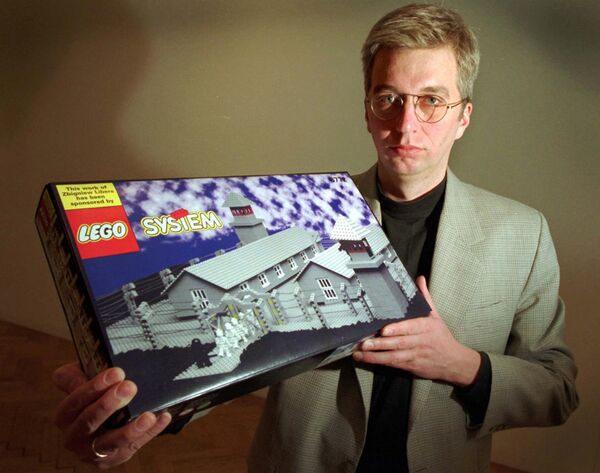
The "camp" was created in 1996 and outraged visitors, Holocaust memorial societies and even Lego designers around the world. However, the museum called Libera's work "one of the most important works of contemporary Polish art."
The Shark in the Metropolitan Museum of Art
Damian Hirst's seminal "The Physical Impossibility of Death in the Mind of Someone Living", commonly known as the "dead shark," is a 22 ton aquarium that holds a five-meter long shark carcass and has been on display in the Metropolitan Museum of Art in New York since 2007.
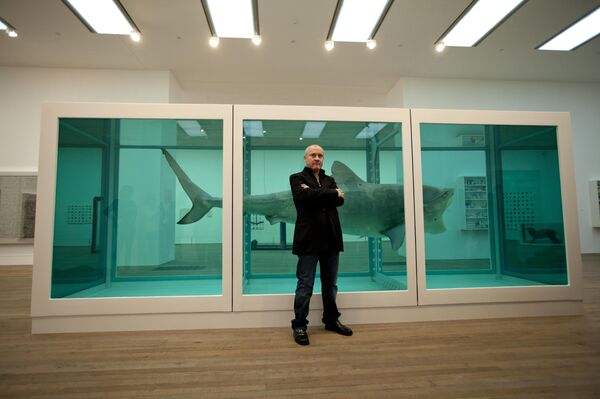
The shark itself was purchased by artist Damien Hirst in 1991 for £6000. The formaldehyde-fixed piece was sold to famous gallery owner Charles Saatchi for over $50,000 and then to American collector Steven Cohen for $8 million a few years later.
Dead Dreamer
The Tretyakov Gallery also embarrassed visitors in 2013 when they exhibited "Dreamer" by young Russian artist Arseniy Zhilyaev, who tried to depict when he fainted after a 15 hours workday.
The simulacrum of a sleeping workman was so realistic that some exhibition guests thought it was a corpse. After numerous complaints the gallery decided to remove the sculpture.
